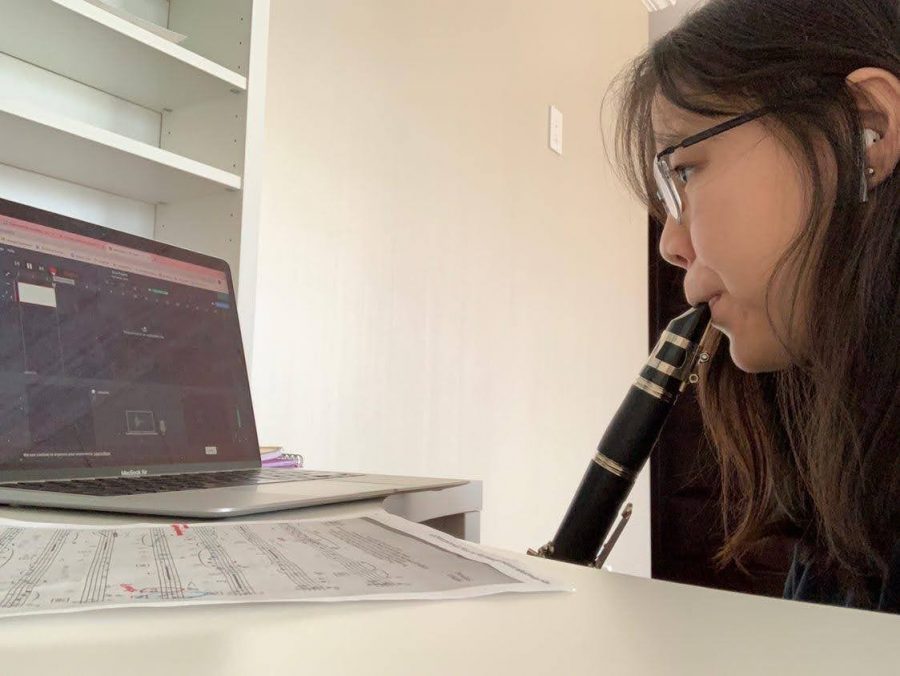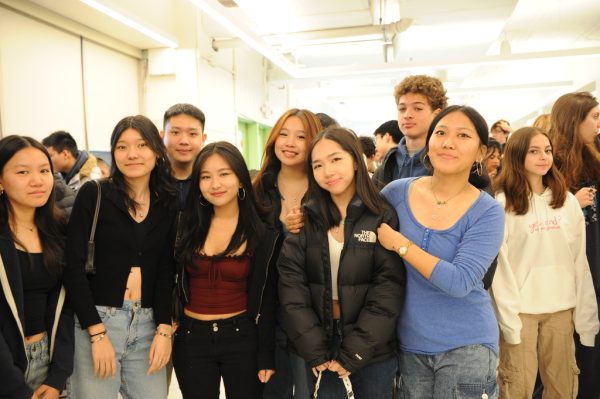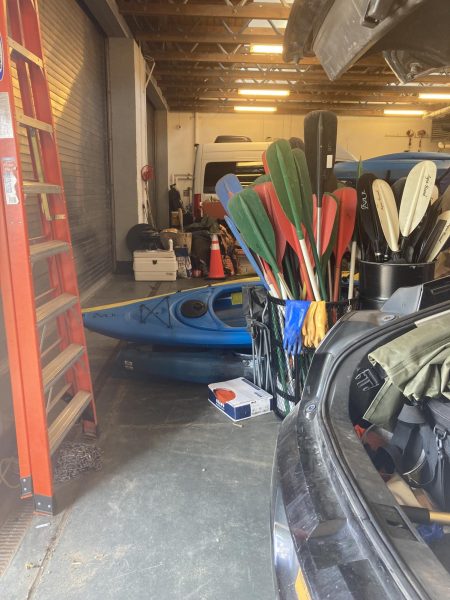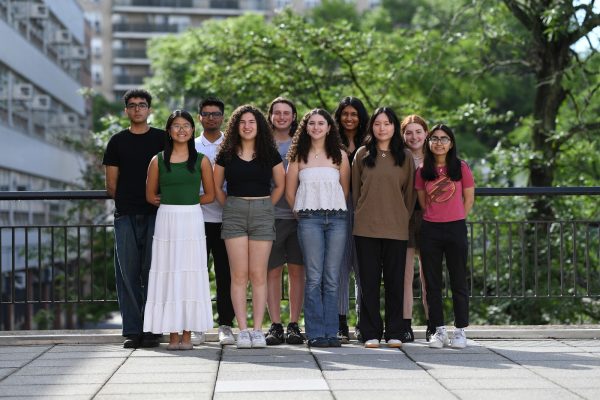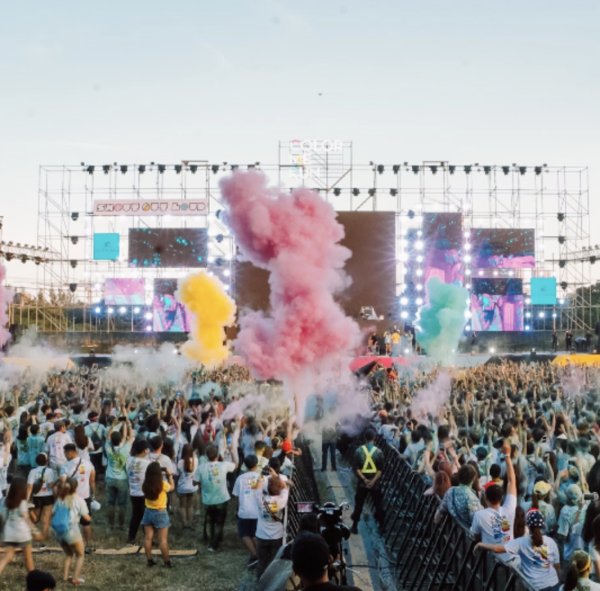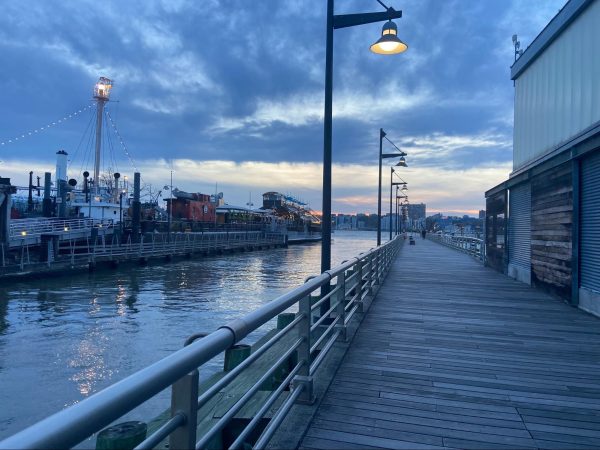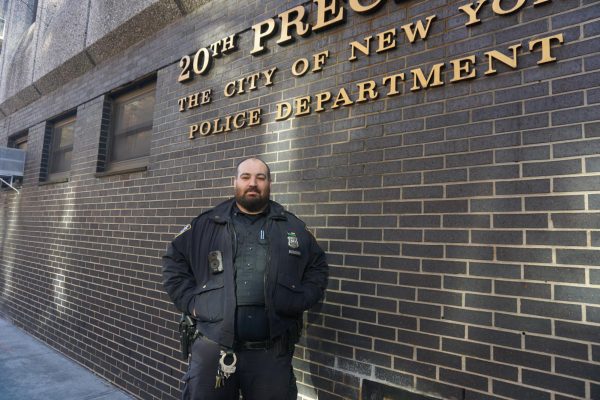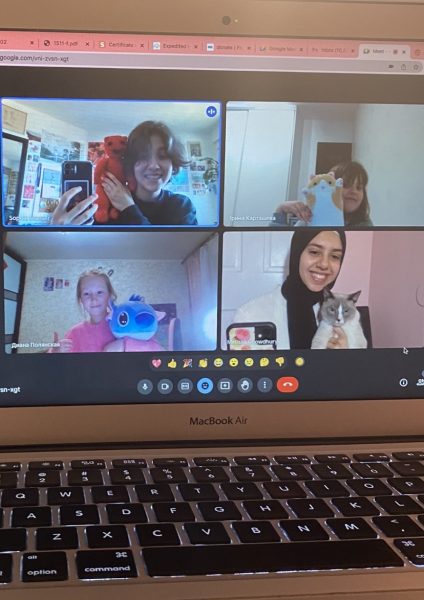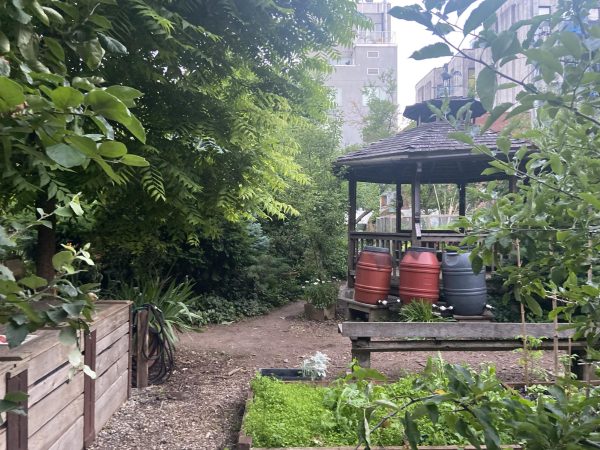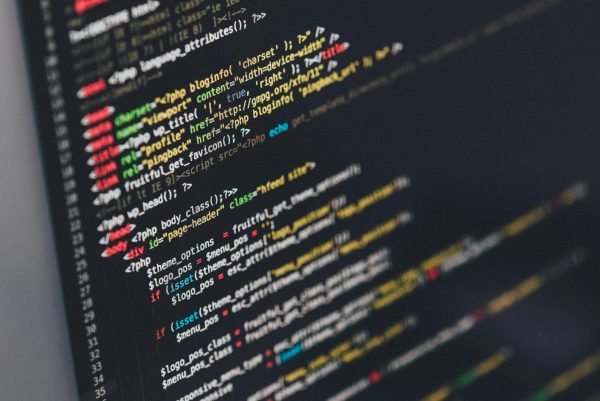From School to Home: How Bronx Science Teachers Are Adjusting to Remote Teaching
Andrey Lin ’22, a performer in the Bronx Science Concert Band, records her part of a musical piece at home. “I would have loved it if we were able to play in the same room, but we are making the best out of our current situation, given the pandemic,” said Lin.
Even though it is only November, our 2020-2021 academic school year has already proved to be dramatically different than any year before it, dating back to September 1938, the year of Bronx Science’s opening. Instead of waking up at six a.m. to get ready for school, students are rolling out of bed and powering on their digital devices at eight. Instead of being at Bronx Science for at least seven hours a day, 95% of students are fully at home, moving from Zoom class to Zoom class with the click of a button.
After a summer filled with confusion and uncertainty, more than seventy-five percent of New York City students have chosen to start the new school year remotely. When schools abruptly closed last March 15th, 2020, teachers were forced to rapidly devise plans for remote education. This time around, teachers have more experience and have had more time to make virtual learning resemble a normal school year. Teachers have been able to prepare remote lessons, familiarize themselves with online learning platforms such as Zoom and Google Meets, and to learn from mistakes that they made in the Spring. As of November 9th, 2020, each virtual class is now required to have at least 120 minutes of live instruction per week, following NYC DOE guidelines, ensuring that students have the opportunity to engage with their classmates. Even with all this preparation, however, teachers are bound to encounter some bumps along the road.
One of the major issues with going virtual is the lack of in-person interaction. Online, teachers feel as if they are talking to a pit of darkness when all they can see are the names of their students displayed beneath empty, gray boxes (if students’ video screens are not turned on). The yearly struggle to link student names with faces becomes even more difficult. Without face-to-face interaction, both teachers and students have to find other ways to connect with each other.
“Human interaction is hard to replace with technology,” said Mr. Juan Mantilla, Bronx Science’s Digital Music and band teacher. In a class that depends on a company of musicians performing together, coordinating music online proves to be a challenge. Instead of playing together in synchrony, students in performance classes record their music separately. This change in class structure allows for new teaching opportunities during synchronous class time. “We work on the usual material and get a chance to explore other topics that we usually do not talk about in class,” said Mantilla. For instance, because of the transition to digital platforms, students have learned to effectively record music that gives the impression of playing together in the same room.
Like Mr. Mantilla, most teachers have drastically altered their original class plans. In Ms. Marieke Thomas’s Regents Chemistry classes, she uses a flipped classroom model where students learn the new content at home and work on practice problems together during class. This flipped class structure gives students a greater opportunity to interact with their peers. “I know that students really miss seeing and talking with each other, so I try to structure my class so that they get a bit of social interaction,” she said.
Working on problems in class also helps her to gauge the comprehension level of her students, a challenge that she has struggled to overcome since the start of remote learning. “Normally, I can see students’ faces and look over their shoulder at their work to tell if they are confused or need help, but now I don’t know if a student is struggling unless they tell me,” said Thomas.
Although the process has been far from flawless, there have been significant improvements since March 2020. Like most other NYC schools, Bronx Science has improved its organization and management. In the spring, where live lessons were optional for students, teachers had trouble getting students to participate since attendance in video classes was not mandatory. However, this school year, the DOE has implemented mandatory Zoom or Google Meets classes that follow the bell schedule of a normal school day, allowing classes to run more smoothly and boost connection, interaction, and learning.
“It helps to give structure to our days and also allows me to connect with my students. Also, it allows students to connect with each other much more than we did in the Spring,” said Ms. Gail Jaitin, an English teacher at Bronx Science.
Online learning has also provided the school with a new perspective on education. “There’s been a lot less of an emphasis on tests, which I think is positive, and I hope that this carries forward in the future when we’re back in in-person school,” said Ms. Thomas. This trying time of the Coronavirus pandemic can bring about some positive changes, like a greater focus on labs or projects, instead of tests, and more resources for learning, like the interactive websites EdPuzzle and Pear Deck. Despite the irony, the pandemic may be changing Bronx Science for the better.
Although teachers may have mixed feelings about the remote learning situation, it is evident that they are working day in and day out in order to ensure that we receive the same superb education that we would receive in person. It is not easy to suddenly adapt to an entirely new style of teaching after years of habit. Regardless of their stumbles, our Bronx Science teachers’ constant dedication to their students, their colleagues, and their work is clear.
Looking to the future, teachers are hopeful that we will return to school, a place we once took for granted. Maybe at the start of the next school year, in September 2021, we will once again be stumbling through those jam-packed halls in search of our new classes, groaning when we hear the dulcet tones of that school bell, and greeting our teachers in-person instead of through our screens.
“Every obstacle is an opportunity to grow.” – Mr. Mantilla
“Of course, I miss all the normal things, especially my students and colleagues who aren’t in the building. But I’m grateful that things have gotten a tiny bit better, and I think they’ll continue to get better very slowly.” – Ms. Jaitin
“I really miss seeing my students in person and getting to have more casual interactions with them – on Zoom everything feels a bit more awkward. And I miss seeing my students from previous years in the hallways!” – Ms. Thomas
Looking to the future, teachers are hopeful that we will return to school, a place we once took for granted.
Jillian Chong is an Editor-in-Chief for ‘The Science Survey.’ As a journalist, she loves that she has the ability to voice her opinions and inform...

